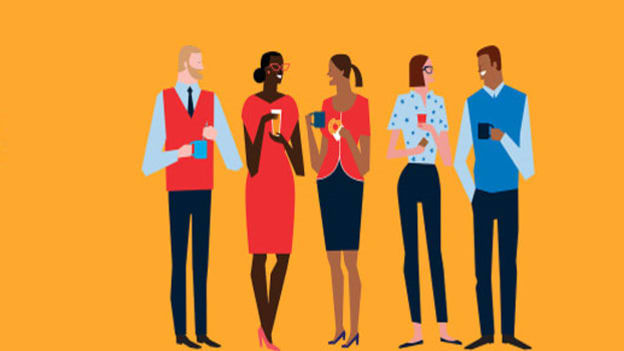Can we rely on AI to eliminate workplace bias?

A report by Accenture reveals that AI could double annual economic growth rates in 2035 by changing the nature of work and creating a new relationship between man and machine. Among all the benefits the technology offers, what grabbed our attention was its ability to eliminate workplace bias. According to leading media houses and technology dailies, AI can drop unconscious bias at workplaces. By deploying machine learning, AI can identify potential bias in job descriptions and HR communication which can help in eliminating the bias at work. Technologists also claim that AI will not only protect the company from discrimination litigation, but it will further improve the balance of gender and demographics within the workplace.
Instance1: Unilever North America partnered with Pymetrics and HireVue to completely digitized their hiring process. Pymetrics and HireVue are AI enabled platforms that enable screening and interviews of potential candidates. Unilever reported that they hired their most diverse class to date. They reported a 10% increase in hires of non-white applicants and an increase from 840 to 2,600 universities. There was an undisclosed balancing of socioeconomic class and gender hiring.
Pankaj Bansal, Co-Founder, and CEO of PeopleStrong shares, “The debate on what can help remove workplace biases, has been going on since the 1960s. AI wasn’t known then, but John W. Gardner in his most prolific book: Excellence: Can We Be Equal And Excellent Too? debated how assessments can help us create equality with compromising excellence. I believe that with AI this would surely be possible. With the application of AI in matchmaking and use of assessments, no longer would individual views and biases feature as selection criteria. Selection can be made based on scientific algorithms based on past trends, CTQs, and other success data set.”
Tanmaya, Founder and CEO at inFeedo shares, “People often contaminate facts with their biases to represent a distorted version of the truth. While companies work hard to train their leaders and managers from acting on their biases, some unconscious biases nevertheless slip in. On the other hand, AI programs can generate insights from data at a higher accuracy because these programs aren’t affected by any cognitive biases.”
Bias at the workplace has always been a challenge in the workplace and has been unresolved until today. And the ability of a machine to solve workplace bias is intriguing. However, consider the following two instances:
Instance 2: Beauty.ai, a machine learning startup, held the world’s first AI driven beauty contest. It was an initiative by the Russia and Hong Kong-based Youth Laboratories and was supported by Microsoft and Nvidia. It was reported that more than 7,000 people submitted their pictures to have their attractiveness evaluated based on the factors such as symmetry and wrinkles. However, the results turned out to be disappointing as out of the 44 winners, the majority were white, few were Asians, and only one was dark-skinned.
Instance 3: Microsoft’s Chabot- Tay made headlines within 24 hours of its launch. It started spouting offensive, racist, anti-feminist and anti-Semitic tweets. Tay was an experimental Twitter bot by Microsoft that was created to engage people in a casual conversation.
Konstantin Kiselev, Chief Technology Officer at Youth Laboratories, was quoted in media saying, “Our database had a lot more white people than, say, Indian people. Because of that, it's possible that our algorithm was biased.”
Kiselev statement indicates that AI can only be as smart as the data that’s being fed to it. Algorithms that are fed into machines are developed by human minds which suggests algorithms can instruct AI to become biased.
Tay’s ability to learn from human interactions and Beauty.ai winners raises concerns about AI’s effectiveness in eliminating workplace bias.
On being asked about how technology companies can manage these situations, Bansal said “First thing would be cautious about the algorithms being used. Their robustness and accuracy should be checked before implementing them. Secondly, be aware of the limitations. AI or Machine learning like any technology would have its limitations, as business users, you should keep a check on the outcomes and improve as you go. It is almost like training an employee to be more productive and efficient.”
What went wrong with Tay was it picked up socially inappropriate cues from trolls and comedians on Twitter and without realizing emulated a personality more or less parallel to those trolls.” The essence of an ideal AI machine lies in the way it learns and trains itself. It is a primary focus of Data Scientists and AI researchers around the world. While a properly trained AI machine could help eliminate biases, an incorrect one might just become the most biased one out there, said Tanmaya.
As Bansal and Tanmaya mentioned, AI is trained to identify patterns, and it can identify and learn any human bias that is present in your workplace. However, it still requires human touch to ensure it isn’t replicating existing biases or introducing new ones.


















